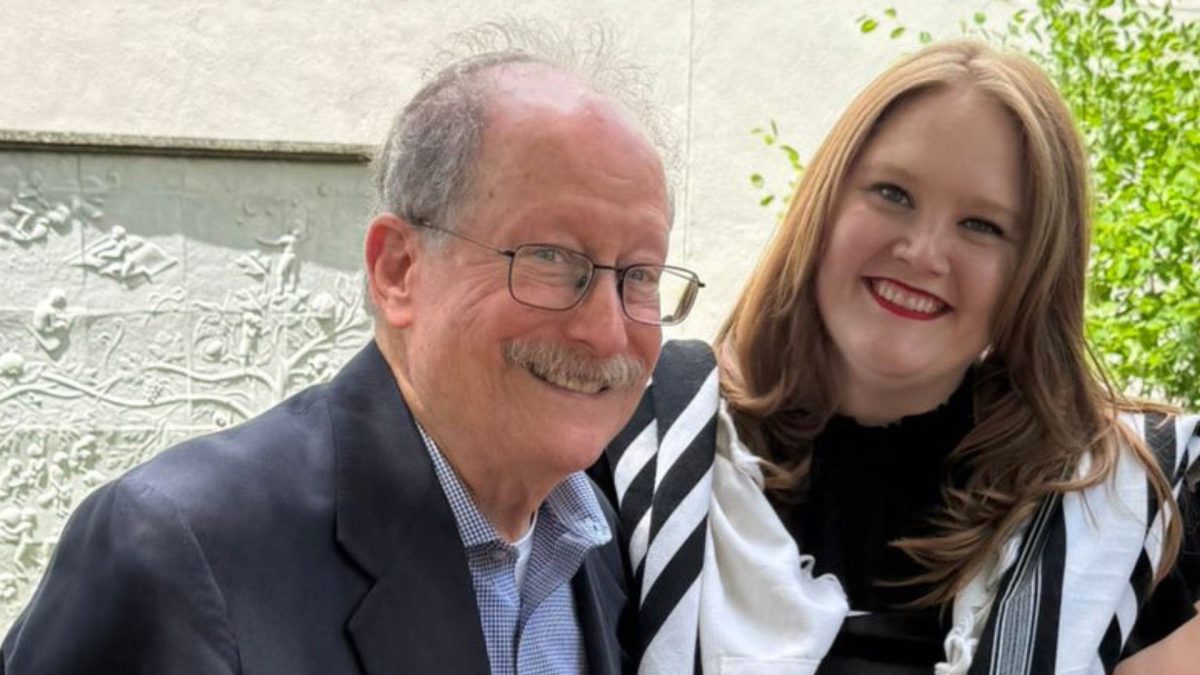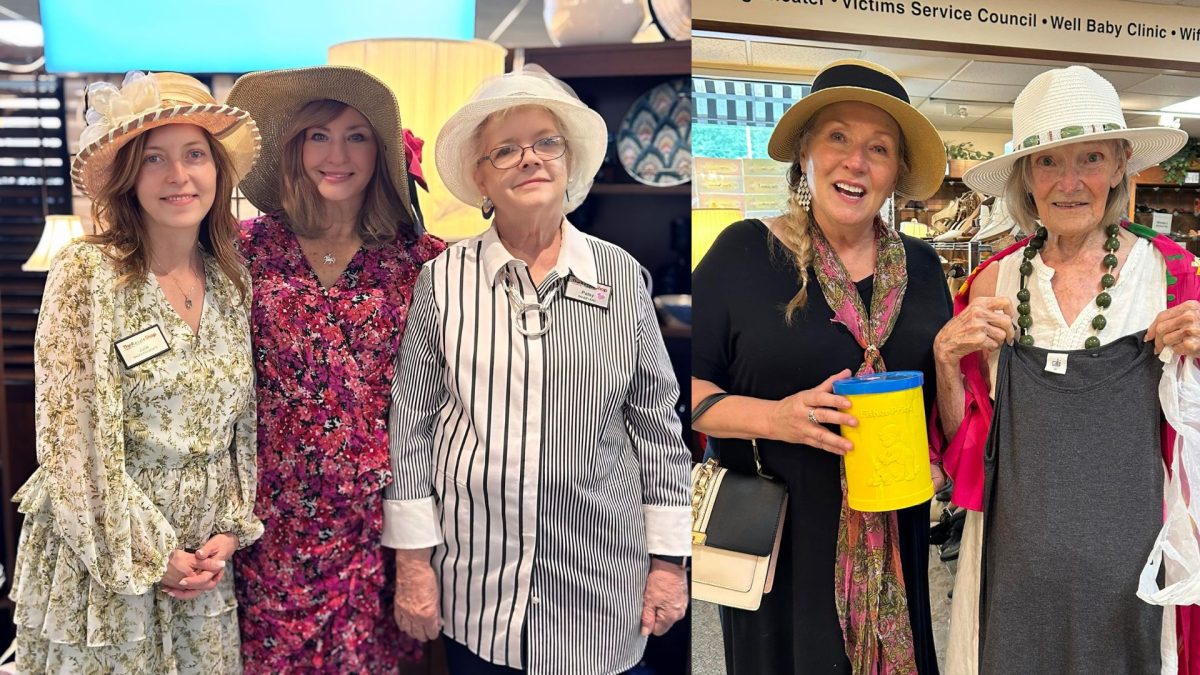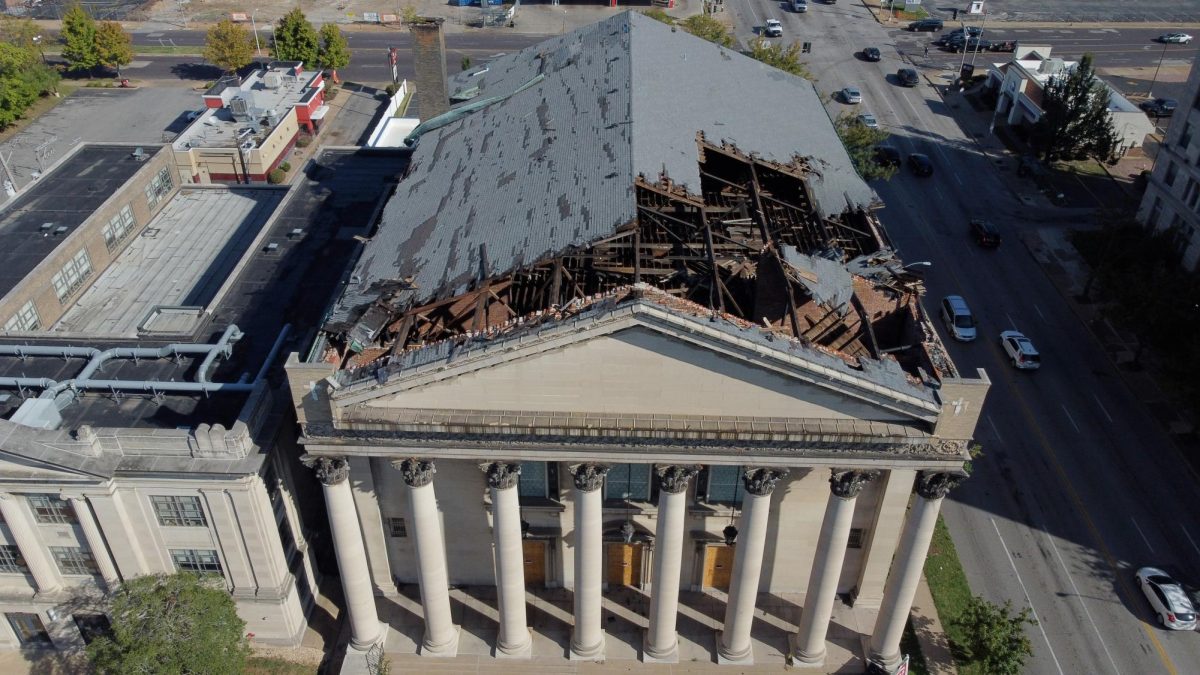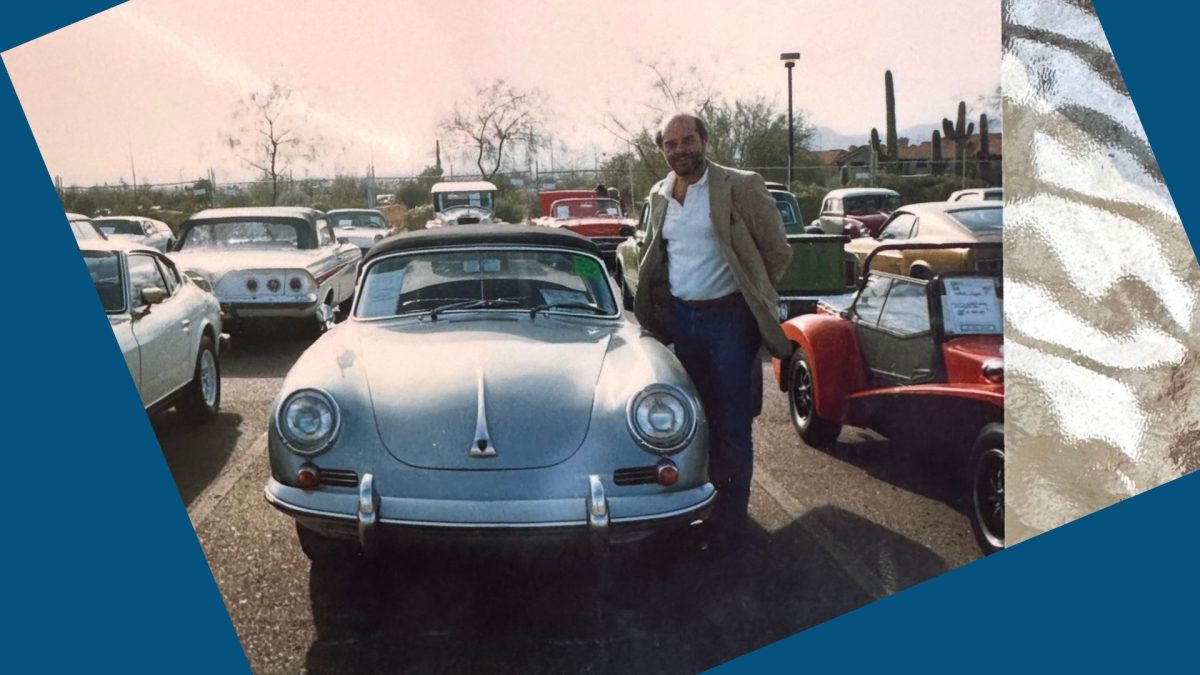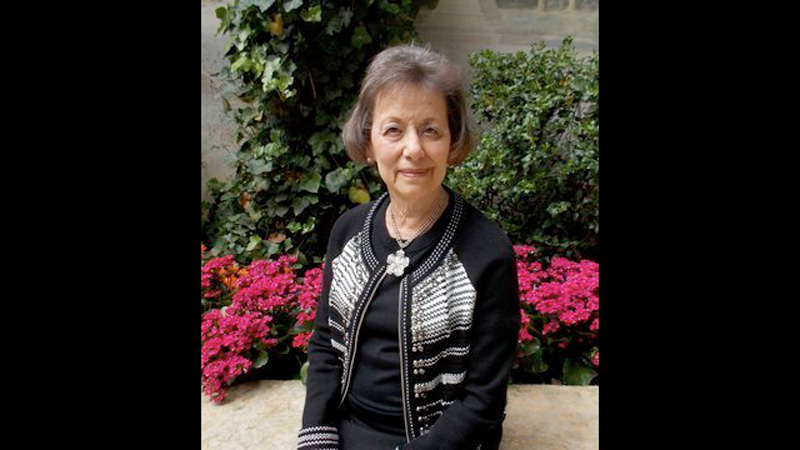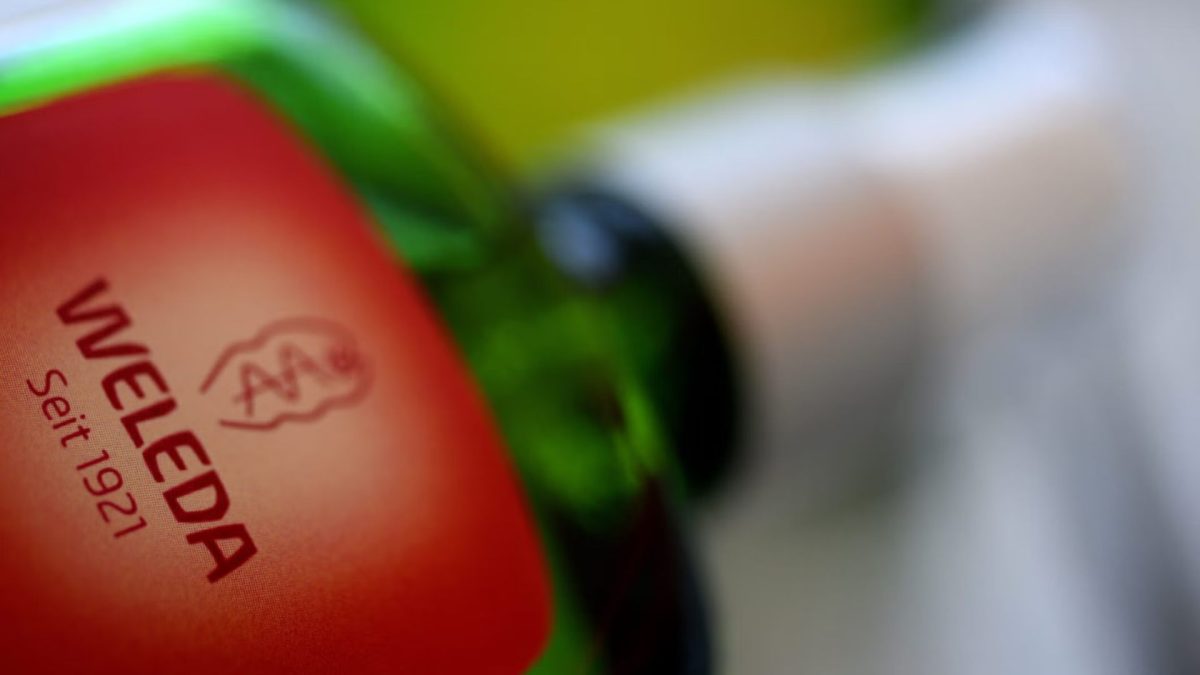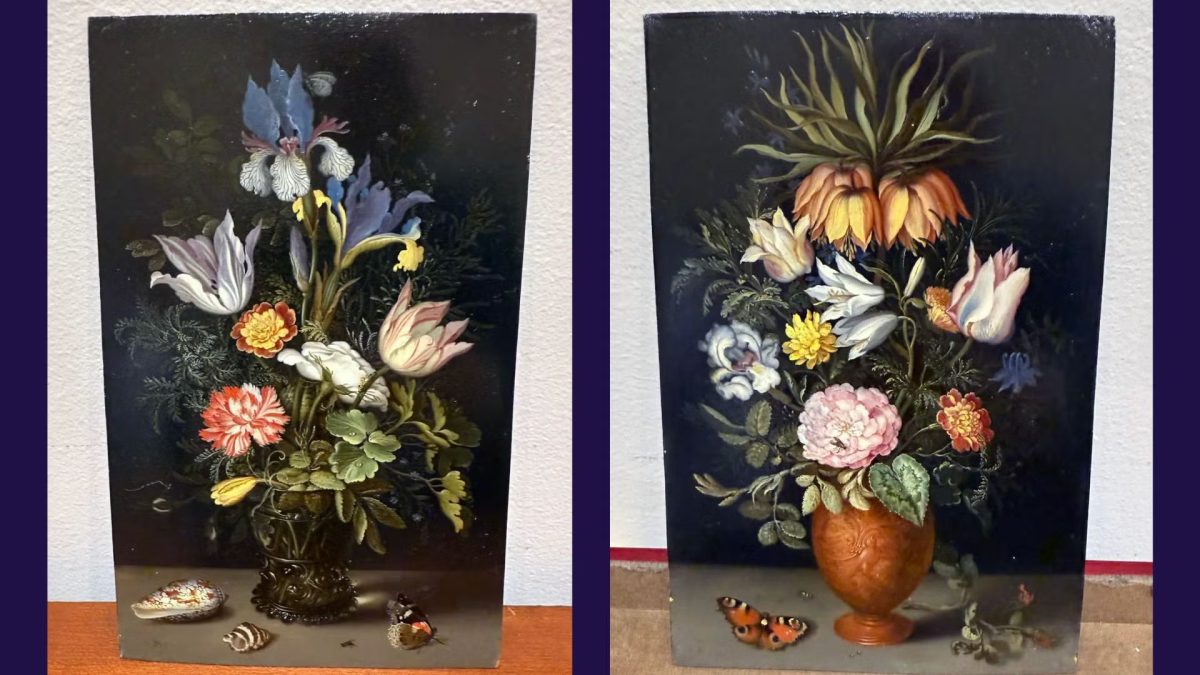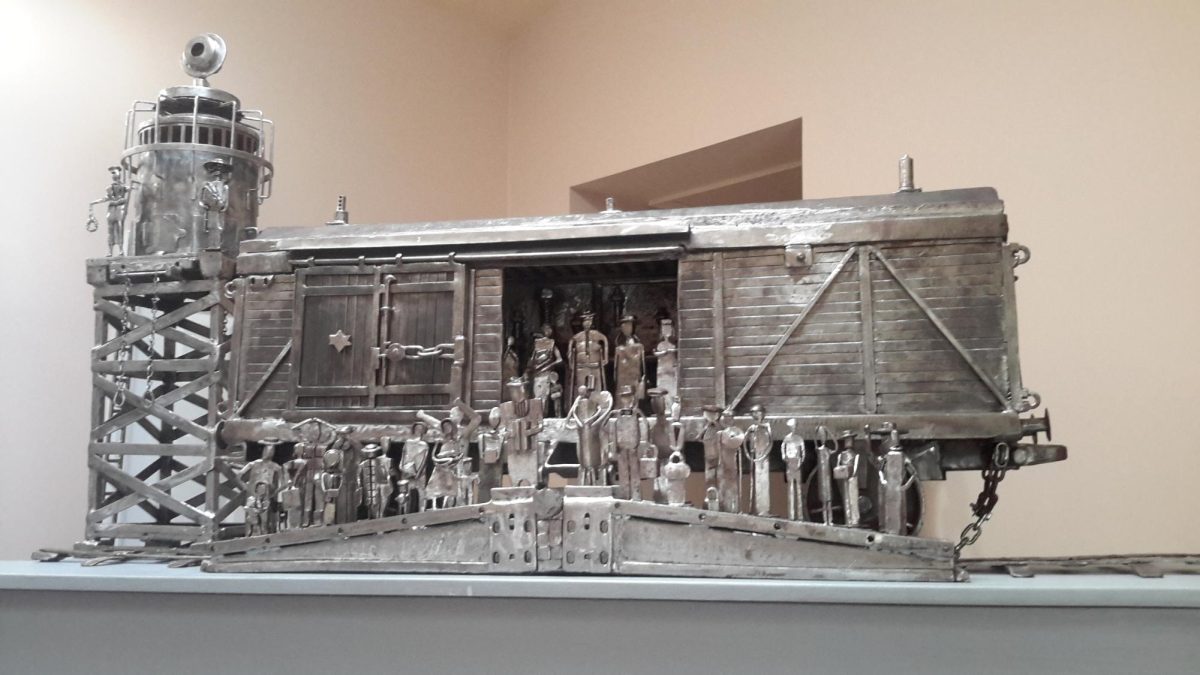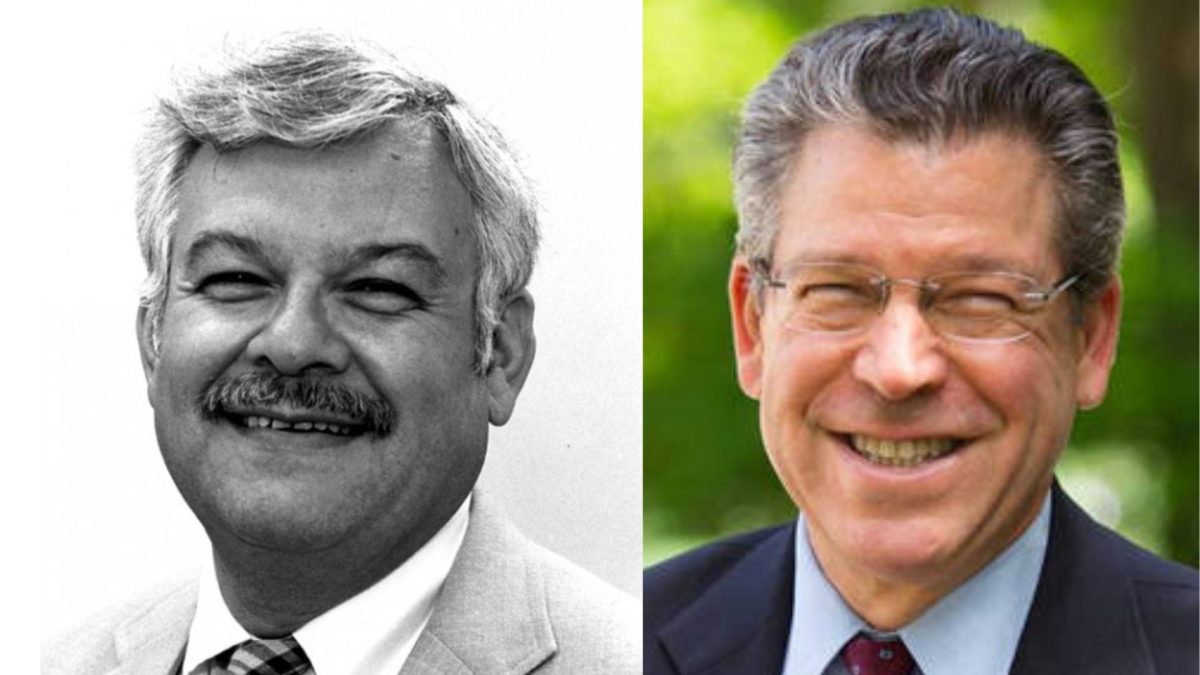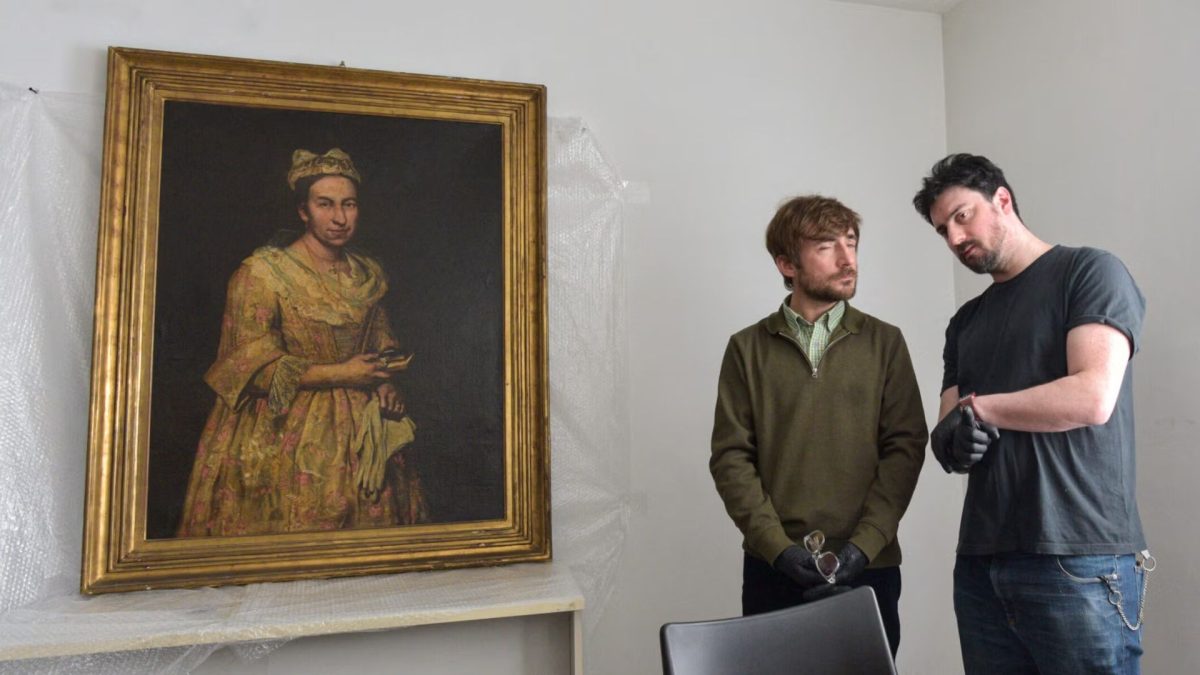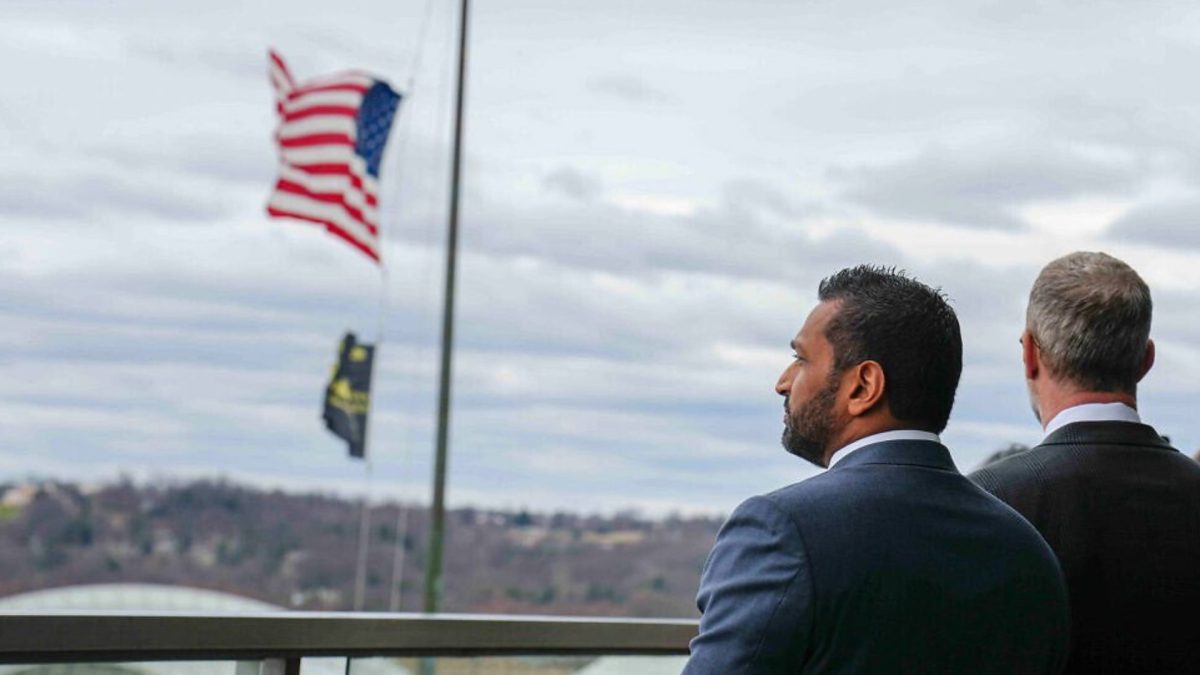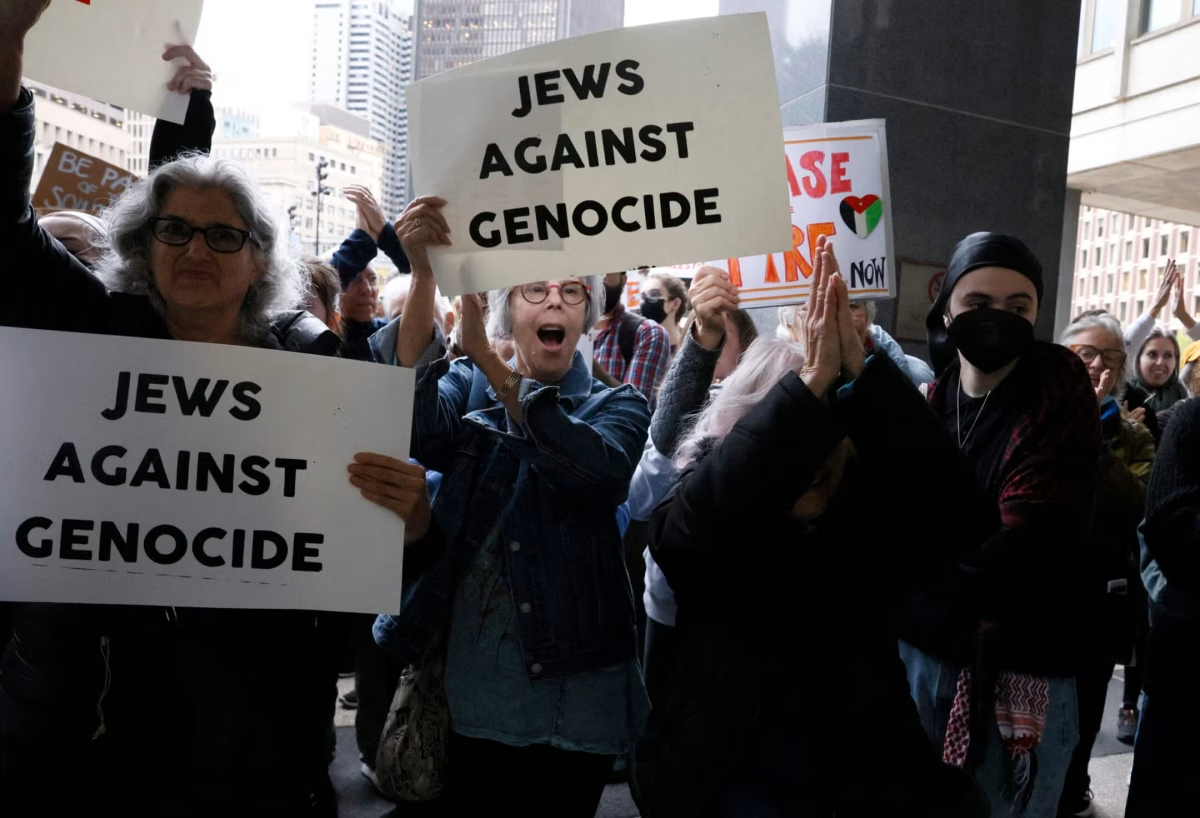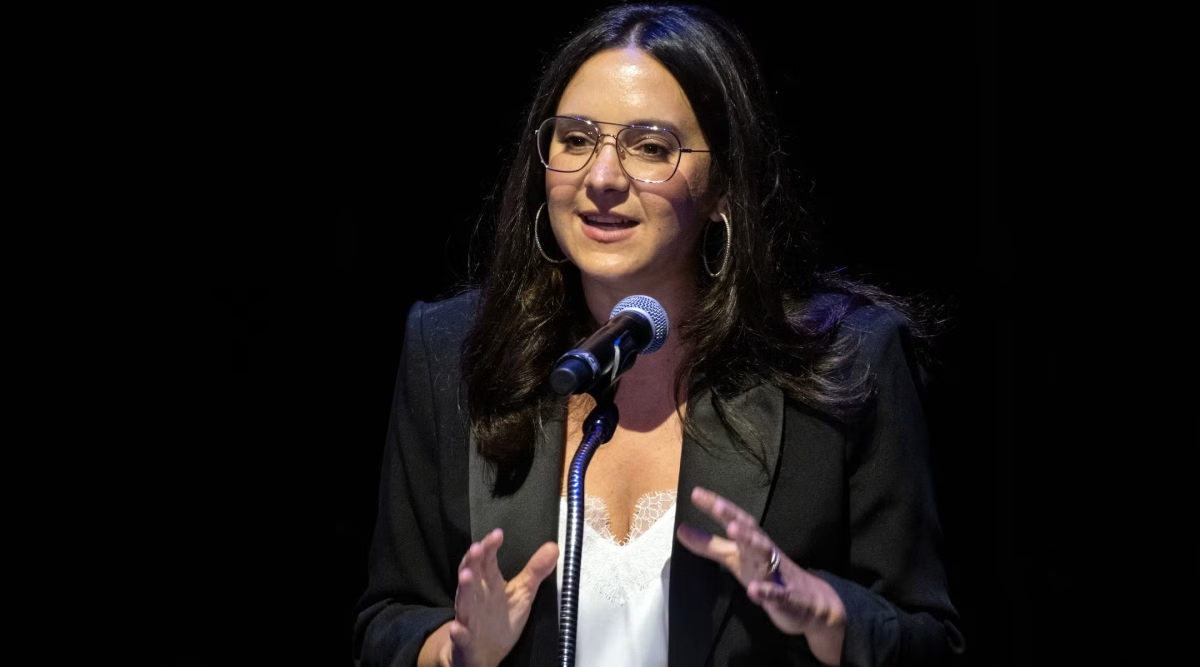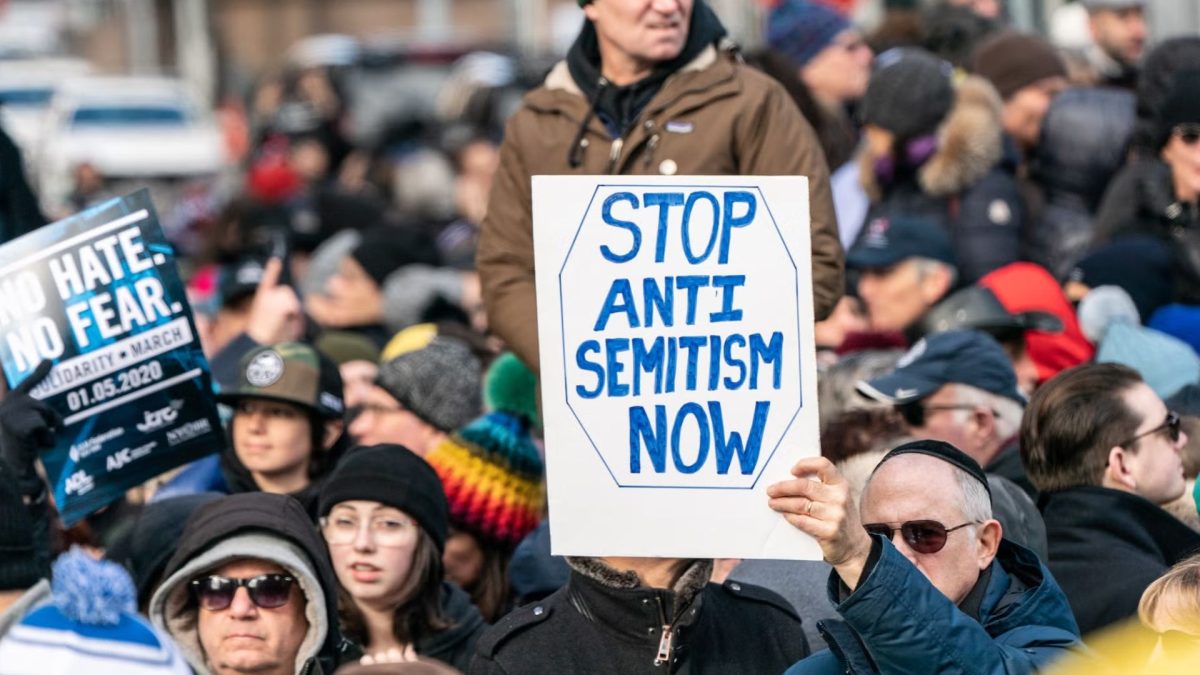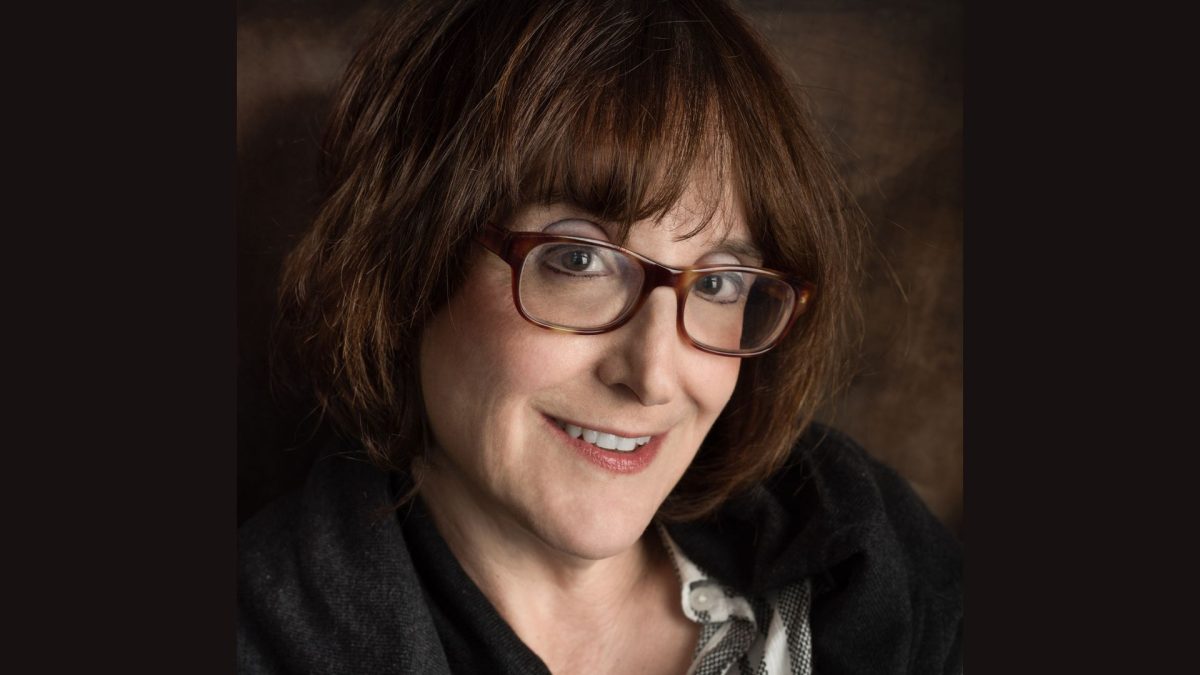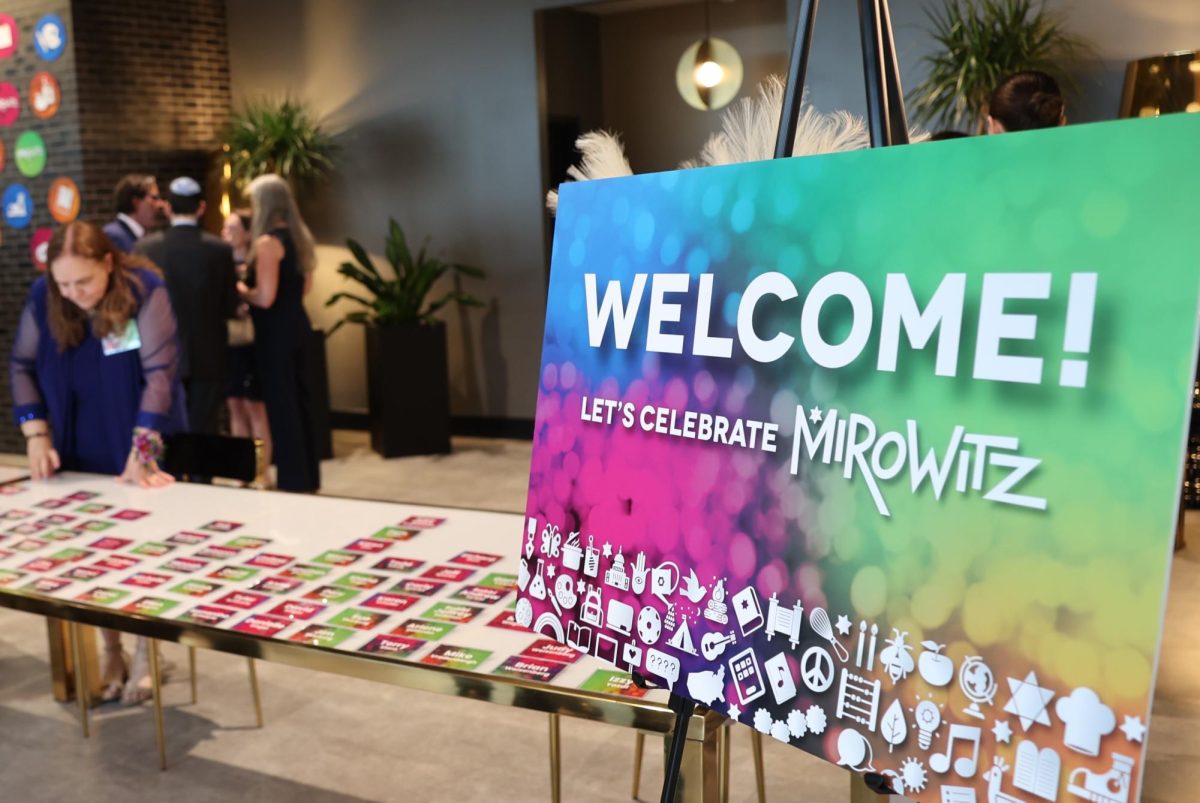Have you visited the St. Louis Kaplan Feldman Holocaust Museum recently? If so, the museum wants to learn more about your experience. In partnership with the University of Illinois Urbana-Champaign and the Skokie Museum, the St. Louis museum is conducting interviews to understand how these experiences shape visitors’ perceptions of social injustice.
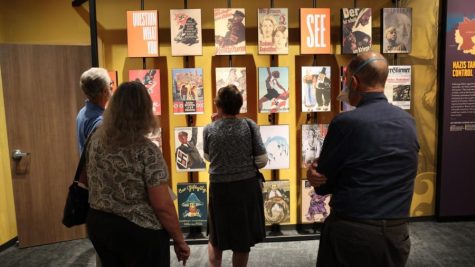
Understanding social influence
ADVERTISEMENT
“Studies like this help inform museums, especially ours, on what resonates with visitors,” said Helen Turner, director of education at the museum. “Holocaust education is not memorizing facts and figures but connecting to this history and seeing ourselves as agents of change. This study helps determine if we’re hitting that mark.”
The study, led by Joelle Soulard from the University of Illinois, uses the Framing Theory of Social Action, which examines how people interpret and react to events through specific lenses or perspectives. The team focuses on how emotional responses, such as awe and inspiration, can motivate people to become agents of change.
Exploring connections
“St. Louis is the ideal location for our study because the Midwest is where many Holocaust survivors settled and rebuilt their lives,” Soulard said. “This also offers a meaningful context for examining the impact of these museums on visitors’ understanding of historical and contemporary injustices.”
Participation is simple. It includes a brief demographic survey and a 60-minute Zoom interview. Participants will share their reflections on specific exhibits, discuss how historical injustices relate to today’s issues, and describe their emotional or intellectual reactions during the visit. Those who complete the interview will receive an $80 gift card.
Analyzing visitor reflections
Soulard mentioned that early interviews show exhibits highlighting personal artifacts, survivor stories and group behavior dynamics have a significant impact on visitors’ perceptions of social injustice.
ADVERTISEMENT
“For instance, many visitors highlighted the impact of seeing propaganda posters, which underscored the dangers of misinformation and manipulation,” she said. “Other artifacts, like photos of local survivors and personal items such as misspelled luggage tags belonging to those who arrived in the U.S., provided a tangible connection to the survivors’ experiences.”
Insights from visitors
The museum hopes to use lesser-known Holocaust stories to deepen connections throughout its exhibits.
“We intend to see where the greatest connections were made and bring those elements and stories to other sections of the exhibition and to future programming,” Turner added. By understanding visitor reactions, the museum aims to adapt and evolve, ensuring it continues to reject hatred, promote understanding, and inspire change.
If you’re interested in contributing, visit this link, read all the information and click the button at the bottom of the page.
| RELATED: How to best experience “The Artist Who Captured Eichmann” exhibit now open at the Holocaust Museum





